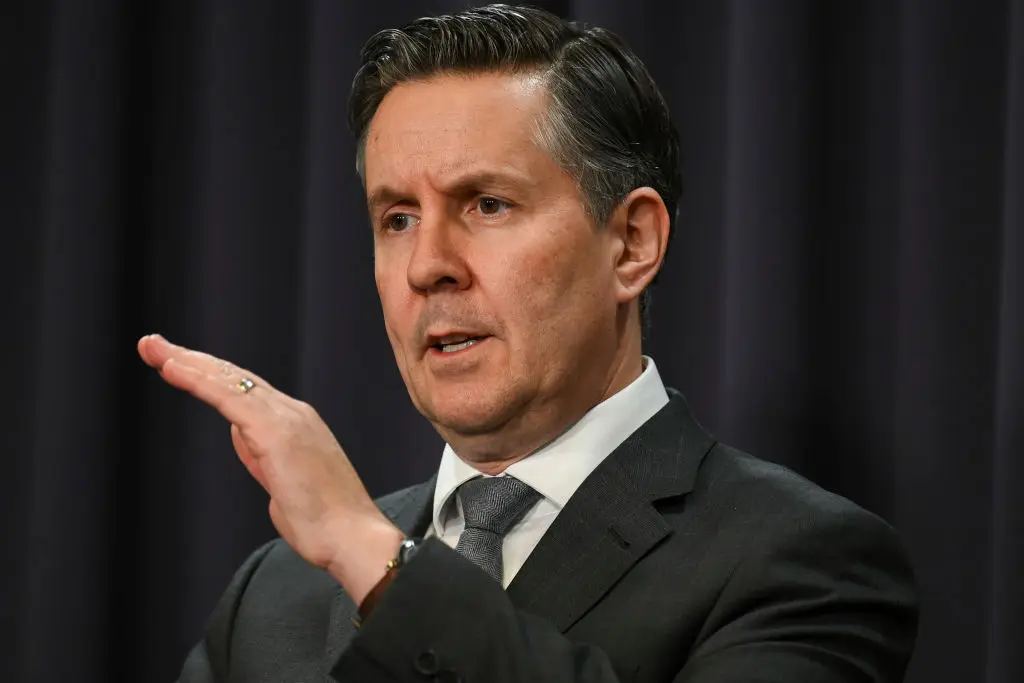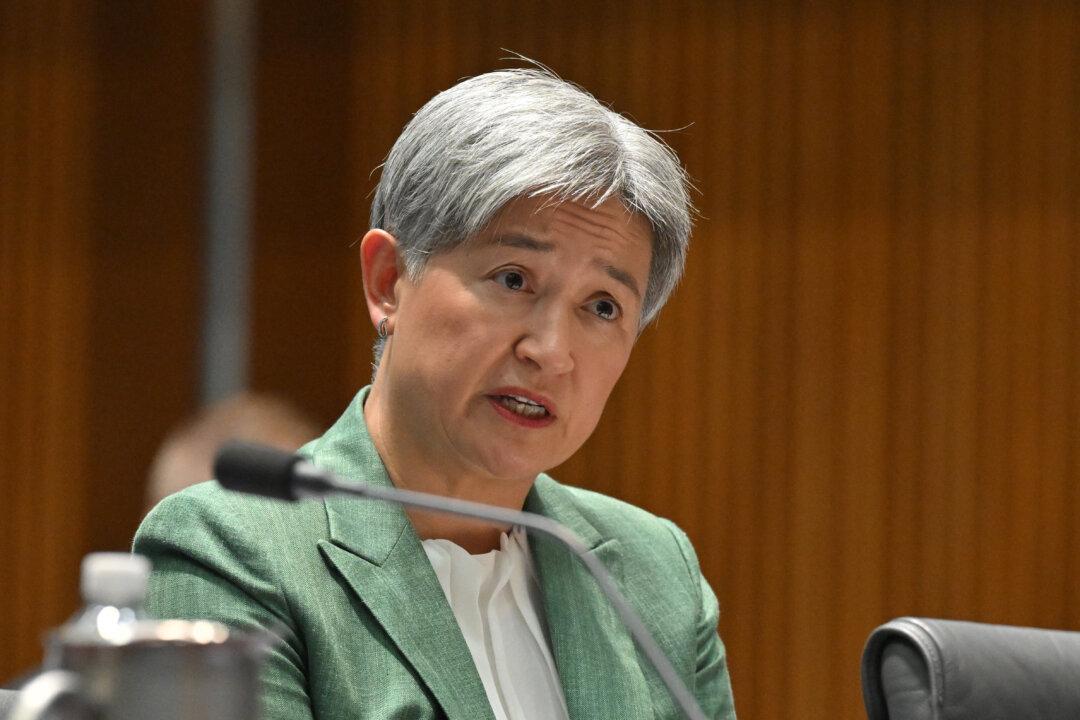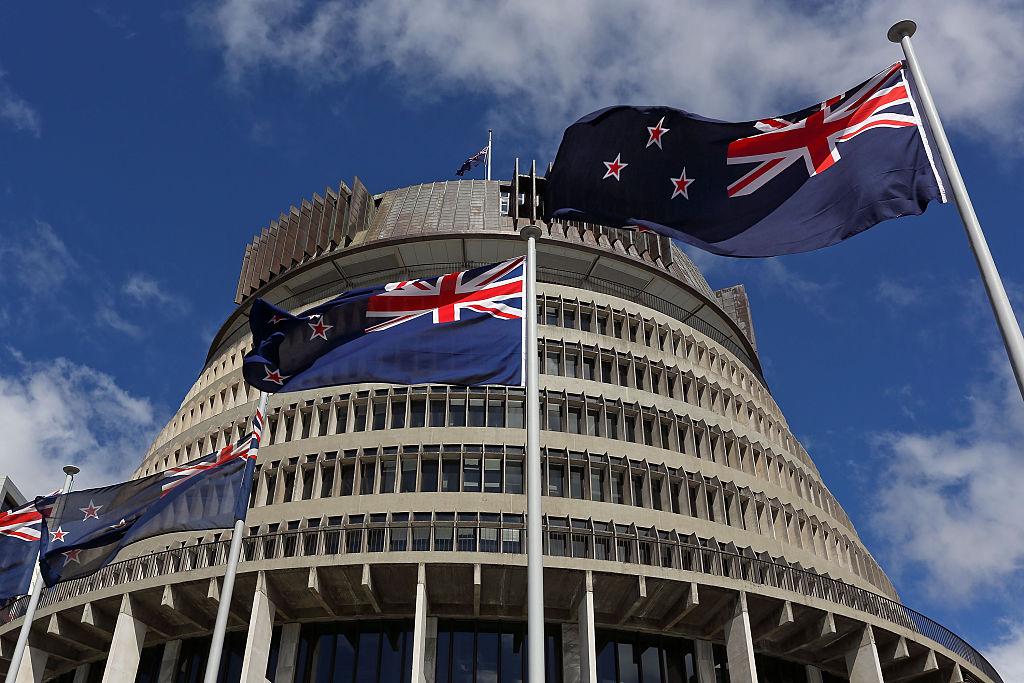The average cost of private health insurance will rise by an average of 3.73 percent from April 1, after Health Minister Mark Butler approved the biggest annual increase since 2019—a move that could fuel voter discontent ahead of a cost of living focused federal election.
The increase will add between $119 and $155 per year to the average policyholder’s bill. Last year, premiums went up by an average of 3.03 percent.
While the rise is about half what insurers originally sought, it still outpaces underlying inflation, which was 3.2 percent in the December quarter.
The Cost-of-Living Debate
The news comes only a week after consumers felt some relief as the Reserve Bank announced its first interest rate cut in four years.While Labor will be hoping voters remember that it has committed $8.5 billion to Medicare funding—aimed at making 90 percent of GP visits free by 2030—the health insurance hike could undercut that message, especially for those who rely on private coverage.
Policyholders already hand health insurers $29.9 billion—the amount they paid in premiums in the year to September 2024.
According to insurance comparison site Canstar, the average annual cost of combined hospital and extras policies ranges from $3,199 for young people to $4,176 for older Australians.
It also means that, at an average policy cost of $4,000 for each of the 15 million people insured, the insurance companies can expect an additional $2.238 billion on their balance sheets.
At the same time, health insurers are posting rising profits.
Costs Rising, Insurers Claim
Insurers claim the costs they are paying increased by between eight and 10 percent in the past year.Rachel David, the Chief Executive of Private Healthcare Australia—which represents the health funds—said every premium increase is “carefully calculated and regulated.”
“We know Australians are doing it tough and that many of our members are not wealthy. Forty percent have a taxable income of $50,000 per year or less, and 10 percent of these people are on the aged pension as their only income,” she said.
Insurers Asked to Resubmit
Announcing his decision, Butler said the increase was “justified and proportionate,” comparing it to a rise of 6.2 percent that occurred over a decade ago, in 2014, when Opposition Leader Peter Dutton was health minister.“In December, I wrote to every single one of the 29 insurers asking that they sharpen their pencils and provide us with an increase that was more in the interests of their members,” Butler said.
“Based on the resubmissions, I was not prepared to tick and flick their asks and instead asked them to resubmit again.
Who’s Affected the Most?
The actual increase will vary across insurers. Of the announced price hikes so far, the worst-hit will be customers of ASX-listed NIB, which has said it will raise premiums by 5.8 percent, followed by one of the country’s largest health funds, Bupa, at 5.1 percent.Medibank, which is also listed on the ASX, will impose a 4 percent rise, while clients of HBF get off relatively lightly at 2.8 percent.
Opposition health spokeswoman Anne Ruston said Butler’s decision was “another hit to Australians’ household budgets at a time when they can least afford it.”
She pointed out that it was the highest premium increase in seven years.
“The Albanese government has hidden this cost hike from them for months, leaving Australians with private health insurance minimal time to prepare their budgets and shop around,” she said.






